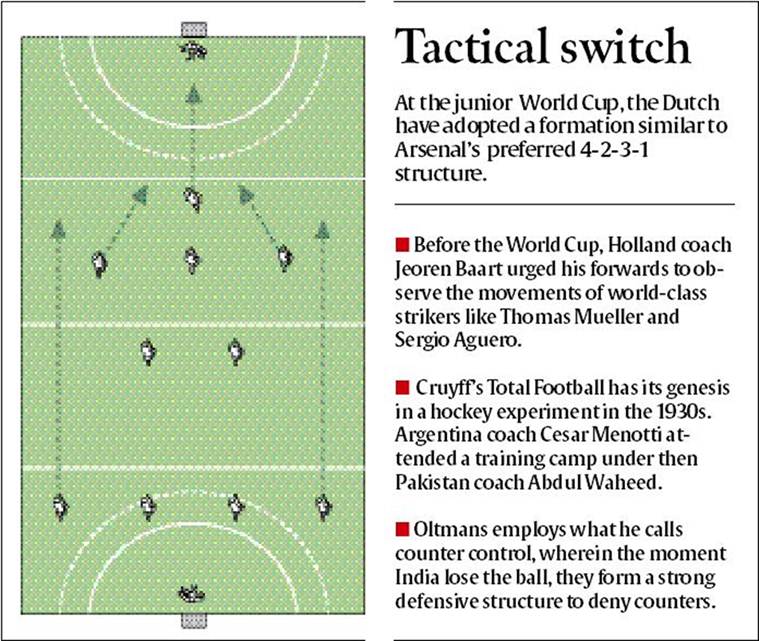
Argentina's Tactical Evolution: A New Era in International Football
Argentina's national team has entered a transformative phase, one that could redefine their approach to international competitions as they gear up for the 2026 FIFA World Cup qualifiers. In a recent match against Brazil on March 31, 2025, Argentina showcased a tactical shift, deploying a 4-2-3-1 formation that balanced defensive solidity with creativity in attack. This adjustment reflects a significant evolution in their playing style, a departure from the traditionally aggressive and fluid attacking football for which they are renowned.

Tactical Setup: The 4-2-3-1 Formation
Under the guidance of coach Lionel Scaloni, Argentina opted for the 4-2-3-1 formation, positioning two defensive midfielders to shield the backline while allowing for greater offensive support from attacking midfielders and a lone striker. This setup enabled the team to control 62% possession, a testament to their ability to dictate the pace of the game.
The midfield trio, consisting of Exequiel Palacios, Rodrigo De Paul, and Giovani Lo Celso, played pivotal roles in transitioning the ball from defense to attack. Their versatility allowed for quick ball movement and the creation of multiple scoring opportunities, which were crucial against a formidable Brazilian side known for its attacking prowess.
A Shift in Philosophy
This tactical evolution signifies a shift in the Argentine football philosophy, moving towards a more pragmatic style. The blend of seasoned veterans and emerging talents creates a dynamic squad capable of adapting to different game situations. The experience of players like Lionel Messi and Emiliano Martínez combined with the youthful energy of talents like Julián Álvarez and Enzo Fernández presents a balanced team ready to tackle international challenges.
Historically, Argentina has relied heavily on an attacking philosophy that emphasized individual brilliance. However, the current tactical setup underlines the importance of collective responsibility, defensive discipline, and strategic buildup play. This evolution is crucial as they prepare for tough matches in the World Cup qualifiers, where consistency and tactical flexibility will be paramount.
Key Players and Their Impact
The tactical shift has allowed key players to thrive. Lionel Messi, operating in a more central role, has the freedom to orchestrate play while still maintaining his goal-scoring threat. His vision and creativity are invaluable in breaking down organized defenses, as evidenced by his contributions against Brazil.
Julián Álvarez, stationed as the main striker, benefits from the support of the attacking midfielders, positioning himself to exploit spaces created by their movements. His pace and finishing ability add a new dimension to Argentina's attack, making them a formidable opponent in both qualifying matches and the World Cup.
Furthermore, the defensive partnership of Cristian Romero and Lisandro Martínez has provided the team with a solid foundation. Their ability to read the game and initiate counter-attacks has improved Argentina's resilience, crucial in high-stakes matches.

Looking Ahead: World Cup Ambitions
As Argentina eyes the 2026 FIFA World Cup, the recent tactical evolution bodes well for their aspirations. The team is currently in a competitive position within the CONMEBOL qualifying rounds, and their ability to adapt tactically will be crucial against varied opposition.
The upcoming matches will test the effectiveness of the 4-2-3-1 setup and the team's resolve. Historical rivalries, particularly against Brazil, offer valuable insights that can be leveraged in future encounters. Argentina's recent performance demonstrates not only a tactical shift but also a mental fortitude that could see them reclaim their status as one of the world's elite footballing nations.
Conclusion
Argentina's tactical evolution marks an exciting new chapter in their footballing history. By embracing a balanced approach that prioritizes both defense and creativity, they position themselves as serious contenders in upcoming international competitions. As they look towards the 2026 FIFA World Cup qualifiers, this blend of experience and youthful exuberance could be the key to Argentina's success on the global stage. Football fans will be watching closely as this new era unfolds, eager to see what this historic nation can achieve with its fresh tactical identity.

References
For more insights on international football, visit Olympics.com.